THE PAUL LEVITZ INTERVIEWS: Going full-on Chris Farley when talking about Batman with the industry legend …
—
UPDATED 7/25/19: Paul Levitz was inducted into the Eisner Hall of Fame during San Diego Comic-Con last weekend. The former DC chief has been a supporter of 13th Dimension since our earliest days, so to commemorate the occasion, we’re re-presenting THE PAUL LEVITZ INTERVIEWS, a three-part series from 2015 in which he discusses his time running the Batman books. Enjoy! — Dan
—
In tandem with The LEN WEIN Interviews, I talked to Paul Levitz (check out Part 1 here and Part 2 here) about his time as editor of the Batman books, which is one of my favorite periods in the Darknight Detective’s publishing history — more specifically, the late ’70s into the early ’80s.
Here, we go back and forth over some of our own favorite childhood comics … and I get a little carried away:
Dan Greenfield: Do you look back at that particular period and think that there were stories that you would like to have seen done or things that you would have done differently? Particularly in retrospect — with where we’ve seen the character go over the last 30-35 years, is there anything that you look back and say, “Y’know, it would’ve been great if we had done this?” or “I always wanted to work on that character but we couldn’t because of so and so…”
Paul Levitz: Well…I like to look back on my years as an editor not just for the Batman titles, but in general. I think for a young kid — and I was a very young kid the whole time I was an editor; I became a full editor at 19 and gave it up at… I’d just hit 24 barely. I’m very proud that the body of work that I did in that period, in each of the groups of books, was well done by the standards of the time.
I got in an argument one time with Mark Chiarello who was DC’s wonderfully talented cover editor at that point, and Mark was sort of, “You guys back in the day, you didn’t use any of the good artists on the covers,” and I blithely went home and made the list of all the cover artists I had used and how many covers I had done and Mark starts going down the list — Kubert, Giordano, Aparo…
We sort of agreed that there were 4 or 5 on the bottom of the list, but “OK, I’ll grant you your batting average.” (Laughter.)
They were good comics. I think people enjoyed them. The people who were working on them had a good time doing them generally. I don’t regret the things that became possible in the next couple of years after that, as we brought in royalties and broadened the creative range of the field as we moved more into the comic-shop-driven environment.
You have to judge them by the standards of the time. Take the stack of whatever it is — 60 or so Batman comics that I probably edited — 30, 40 or 50 — and hold them up against 40 or 50 of any of the other major characters of the period and they’ll hold up pretty well against anything other than X-Men.
Greenfield: I come at it from a fan’s perspective. I’ve read every important story that Batman’s ever been involved in (and) there are so many people who think that nothing came before Dark Knight Returns and Batman: Year One. They have this idea that nothing was published. It’s just a perception from some fans. OK, sure there was Adams and O’Neil but even a lot of the Englehart-Rogers stories have started to fade — and they were immensely influential.
But in addition, there were some great stories and I can even tell you where I was when I was reading some of those comics — by the pool reading the Crazy Quilt Batman and Robin team-up. I grew up in New Jersey — and this was just on the cusp of the explosion of the direct market so there were still regular stores that sold comics — and there was a sweet shop/stationery shop near where I lived and I used to walk there every week and see what came out.
It was those Batman books that I just… I LIVED for! And right around that time, we’re talking Batman #311, #312, #313 (written by Len Wein). I remember seeing Calendar Man for the first time and that was a Walt Simonson issue.
Levitz: That was a really lovely issue!
Greenfield: It was a great issue! I loved the whole idea of it! I loved the story, I loved the execution of it and it had a great balance of… not campiness but sort of that kitschy comic-book quality while still fitting into this kind of dark, avenging world. The thing that I think that a lot of writers today miss is that combination. It’s either one or the other.
That whole period of Batman, the fact that there was some romance, the relationship of Batman and Catwoman, that moral ambiguity — you know, is she gonna turn on him? Can he really trust her? And there was that whole Ra’s al Ghul story, which has never been collected but should have been. (UPDATED: Looks like it’s gonna happen! Click here.)
When you hear people talking about books that you worked on years ago, I would have to imagine that it’s gratifying but what goes through your mind when you hear about it all these decades later?
Levitz: I think it’s wonderful that anybody remembers. You know, I came into comics at a period when the prevailing wisdom was that this was complete ephemera. And today’s work was tomorrow’s fish wrap or bird-cage liner. The fact that specific stories are remembered this fondly and are re-read is on, some levels, astounding!
I mean, there were a handful of us who were very serious fans of our generation who had made efforts to collect a few things but… I did those books in the late 1970s, so we’re looking at 35 years ago roughly. 35 years before them were the first two or three years of comics. There was almost no one who had read everything from the beginning and there was no story from 35 years before those comics that anybody supported as a story. …
So I’m kind of conditioned to be amazed that any of the work that I was involved in, whether I was an editor or a writer, should be able to achieve that kind of level of respect so many years later.
Greenfield: Well, I’ll tell you a quick little story. … I went through a period where I sold off my comics and I actually stopped reading them for a long time, about eight to 10 years, and then I got back into it. Among the books that I went back to get were those Batman books: “The Lazarus Affair” (written by Marv Wolfman) and (Wein’s) 311, 312 … 317, 318. They were among the first that I went back and reread.
Part of it is, of course, that that’s also around the age that you’re hard-wired into who your Batman is or your Superman is. But there are wonderfully warm memories that I have about that period as a comic-book reader.
Now shifting gears slightly, when you look back — and I know you were a Superman guy first and foremost — but what were some of your favorite Batman stories when you were a reader that might have had an impact on you later on as an editor?
Levitz: Well, I think it falls into a couple of categories. Some of the early stuff that I’m lucky to have come in contact with were some of the handful of better, late Jack Schiff-edited issues — Dr. No Face, the False-Face Society, Robin Dies at Dawn. Those were all comics that I can remember discovering in an older kid’s cardboard box full of comics on the block. Those are the anchors of my earliest memories of Batman and then the stuff that I read in the 80-Page Giants, particularly all the beautiful Dick Sprang art from that period. I’m an enormous fan of Sprang’s look for the character. Through all of those years, I think Dick had an energy to his Batman in motion that, although the stories were fairly calm, the way Batman moved brought the whole thing to life with great joy. So that’s sort of the childhood stuff that enchanted me the most.
I read some of the Gardner Fox/Carmine Infantino stuff and enjoyed some, but it never had the same magic for me that Superman did because it just didn’t explore as wide a realm of the imagination. They were puzzle stories. I liked puzzle stories but I preferred reading an Agatha Christie puzzle story to reading a comic-book puzzle story. Just as a matter of personal taste in those years.
Greenfield: With your research projects, do you ever just go back and randomly reread any of your old work, or take a look at stuff that you’ve done as an editor or as a writer and read it now, or is it something you never want to touch again?
Levitz: When I go back to read old stuff, I go back to read the stuff that is to me what you’re talking about Batman is to you. The things where, when I pick up the comic I remember which newsstand I bought them at, what mood I was in when I was doing it, how it carried me.
That’s much more meaningful to me than the stuff I worked on. I’ll look back at the stuff that I wrote or I edited when I have a work need to do so and mercifully I’m not usually too terrified. (Dan laughs) Once in a while it’s sort of, “Where was your brain that day, kid?” But those were work. Dr. No-Face, dopey as it is in so many objective ways … is comfort food.
Greenfield: Yeah. Given where your career started, one of the things I enjoy more than anything else is going back and reading the letters columns, which are highly entertaining, not just from a “you are there” perspective and getting kind of the mind-set of a lot of fans of the time, but just even how formal some of those letters were written, as opposed to a throwaway line on Facebook or Twitter. In a lot of cases, you’re talking 10, 11, 12 … 15-year-old kids taking the time to actually write a well-thought-out letter. It’s actually very intriguing. There’s a real charm to it, let alone looking at the ads and, of course, smelling it and whatever.
But I agree with you about the comfort-food aspect of it. There is something transportive to that: “Jeez, I remember that snowy day that I brought that one home, that particular issue. Or when I was by the pool. I remember putting that underneath my chaise lounge because I didn’t want it to get wet.” I remember the issues that they were.
Not to put too fine a point on it but that’s part of the magic of comics.
Levitz: Absolutely.
—
MORE
— PART 1: How PAUL LEVITZ Reined in BATMAN During the Bronze Age. Click here.
— PART 2: PAUL LEVITZ: We Went ‘All Out’ For DETECTIVE COMICS #500. Click here.


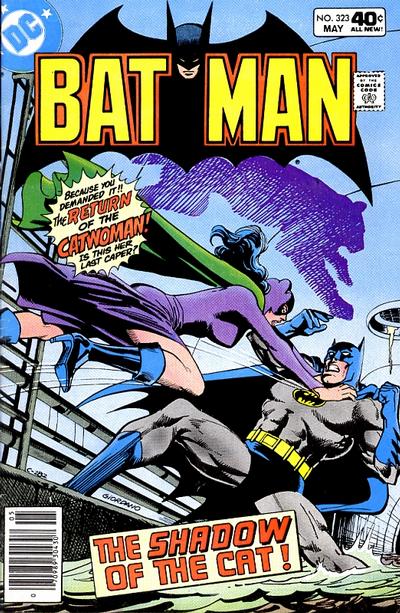
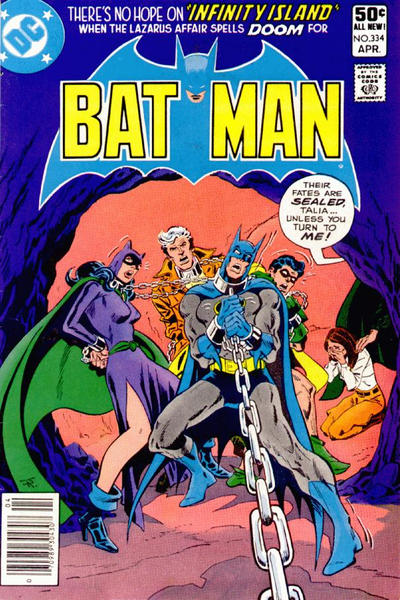
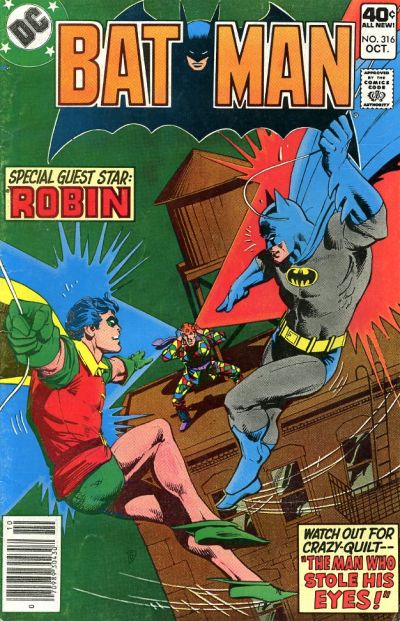
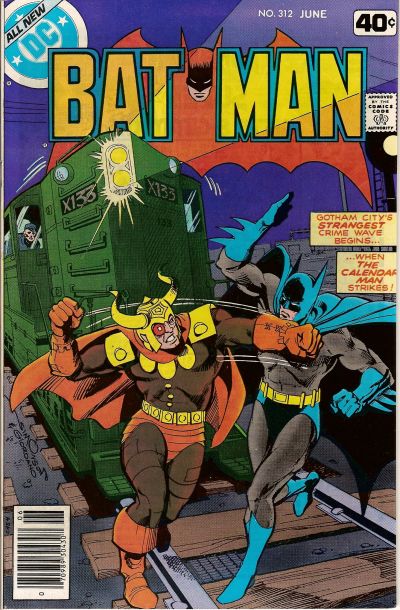

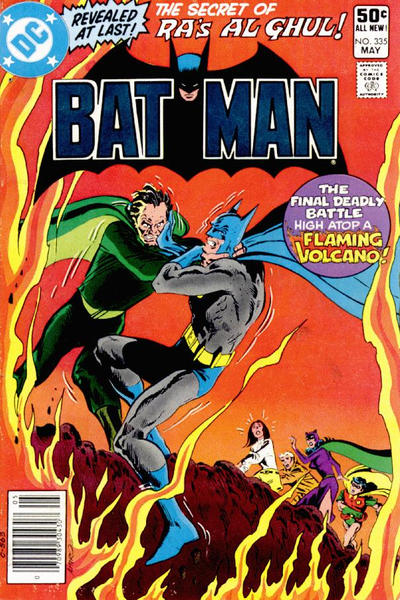
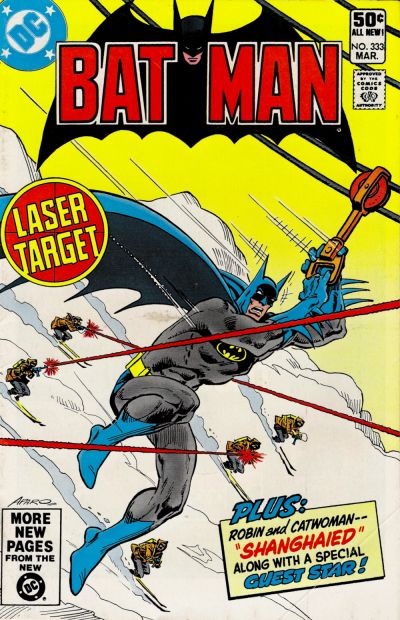
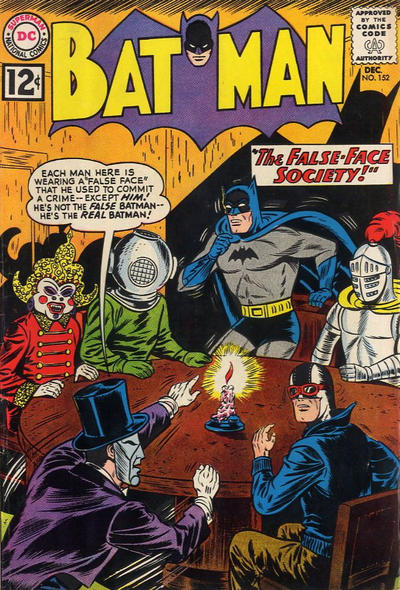
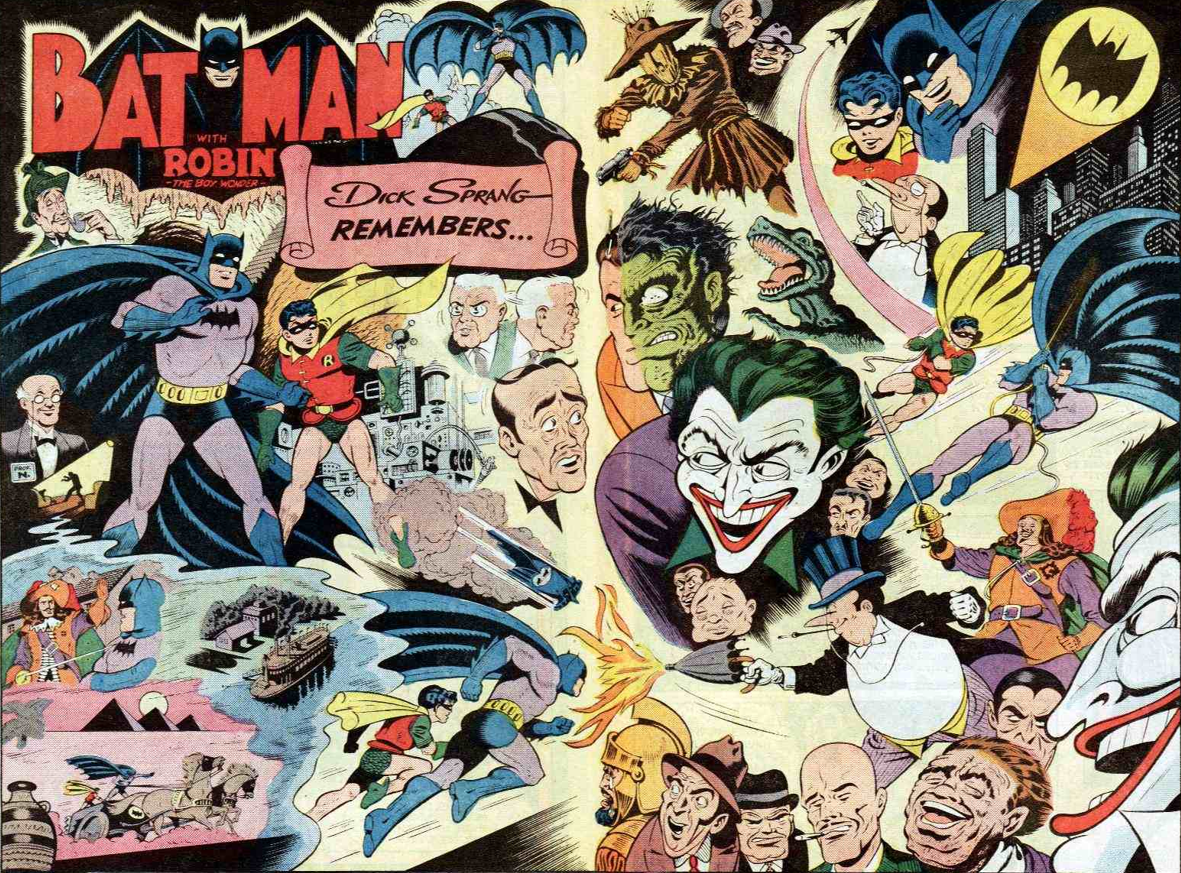
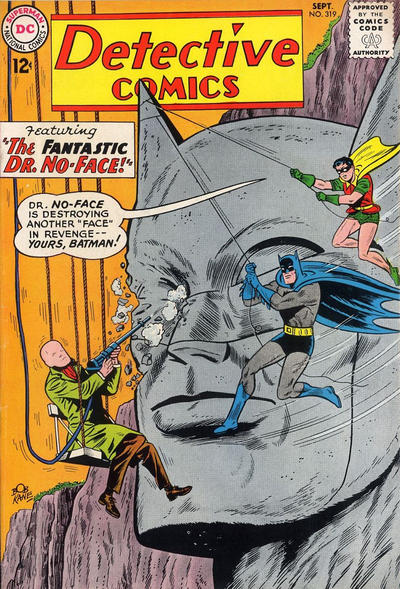
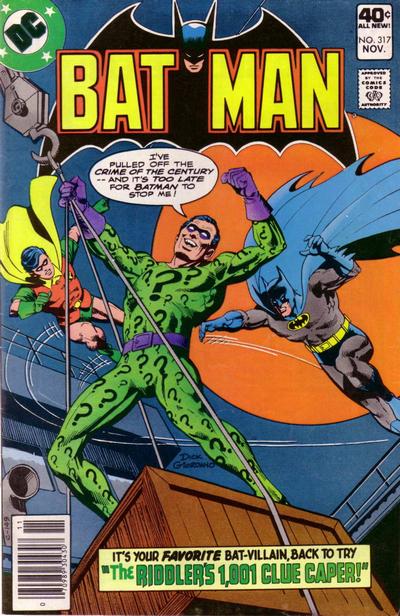
Trackbacks/Pingbacks